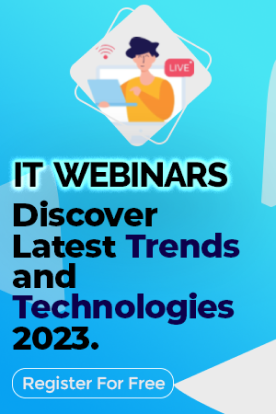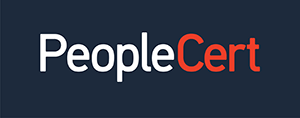We're open through the holidays to support your upskilling goals — Which training do you want to book?
We're open through the holidays to support your upskilling goals — Which training do you want to book?
Unable to find what you're searching for?
We're here to help you find it.pngL.jpg)
Agile is one of the most commonly used tools that can help your business maximise output value. Scrum is a popular framework within Agile that incorporates Agile’s best principles. Organisations are quickly recognising the benefits of adopting methodologies like Scrum. According to a report by CollabNet VersionOne, 56% of the surveyed organisations testified to using Scrum for their Agile implementation.
The role of a Scrum Master or a Scrum professional was among the top 10 Most Promising Jobs of 2021. If this is a role you want to take up as a career, great opportunities are waiting for you. So start preparing for your interview with these most common and important Scrum Master interview questions.
Scrum is an Agile framework that helps teams work together. It allows you to learn from past experiences, work on problems while self-organising and improve on victories and failures.
The Scrum Master helps with the following tasks:
There are many benefits to an organisation after adopting an Agile methodology:
Additional Read: What is the Difference between PRINCE2 vs Scrum?
A Scrum Team has five to seven members and is self-organizing. Their responsibilities are vast.
Risk management can be broken down into five phases:
Stand-up sessions are about fifteen-minute long daily discussions. The purpose of these discussions is to understand
Stand-up sessions help the entire team to understand the overall scope and status of the project. Any further discussions or repercussions can take place after the sessions.
Scrum-ban is a methodology that combines Scrum and Kanban. Scrum-ban is used to meet the needs of the team, minimize the batching of work and adopt a pull-based system.
Scrum-ban includes the structure of Scrum and the flexibility and visualisation of Kanban.
Sprint 0 is the small amount of effort invested to create a rough outline of the product backlog. It also includes insights into the estimated release of the products. Sprint 0 performs the following tasks:
A spike refers to a set of activities that require extreme programming (XP) for research, design, investigation and creating POCs, among others. It aims to reduce the risks involved in the technical approach. This helps to gain knowledge for a better understanding of the requirements and also improves reliability.
You May Also Like: PMP vs PRINCE2 vs CAPM: Which One’s Right for Me?
User-story mapping represents and organizes user stories that provide insights into system functionalities, system backlog, planning releases and providing value to customers. Under user-story mapping, user stories are arranged on the basis of priority along the horizontal axis. The vertical axis represents these stories organized according to their level of sophistication.
Scrum Managers use the burndown chart to track a Sprint’s progress. The amount of work that still remains is represented on the vertical axis, while the total number of sprints is shown on the horizontal axis.
Empiricism includes work that is based on facts, evidence, observations and experience. Empirical process control is established and followed in Scrum to ensure the progression of the project. All interpretations of the project are based on facts and observations.
Empirical process control relies on transparency, observation and adaption. A shift in the thought process and mindset of the entire team is essential to achieve the organisation’s desired level of agility.
A Product Owner
A burnup chart tracks the amount of work that has been completed and represents the total amount of work to be done for a sprint or project.
A burndown chart represents how quickly Scrum Teams can work through user stories. It shows the total amount of effort against the amount of work required for each iteration.
The estimation of user stories is based on the level of difficulty of each story. Various scales are used to assess the difficulty of each user story. Some scale types are:
A Scrum Master takes many steps to track the progress of a Sprint.
When the scope of work and requirements of the project are not clearly defined and when new features are added to a project in progress, a scope creep might occur.
An MVP is a product with the lowest number of features that needs to be shown to the client and be eligible to start production on.
Scrum allows early feedback and rapidly starts production. Scrum also helps organisations to produce the MVP to the stakeholders.
Since you’re looking up Scrum interview questions, you have either already gotten through an initial selection round. Some questions listed above are more important than others. Make sure you go through them all and pay attention to detail. Also, make sure you do your research on the organisation you are going to join. Whatever happens, be confident and do your best.
If you’re looking to upskill further, enroll with the Scrum Master certification program on Koenig Solutions.

Michael Warne is a tech blogger and IT Certification Trainer at Koenig Solutions. She has an experience of 5 years in the industry, and has worked for top-notch IT companies. She is an IT career consultant for students who pursue various types of IT certifications.










